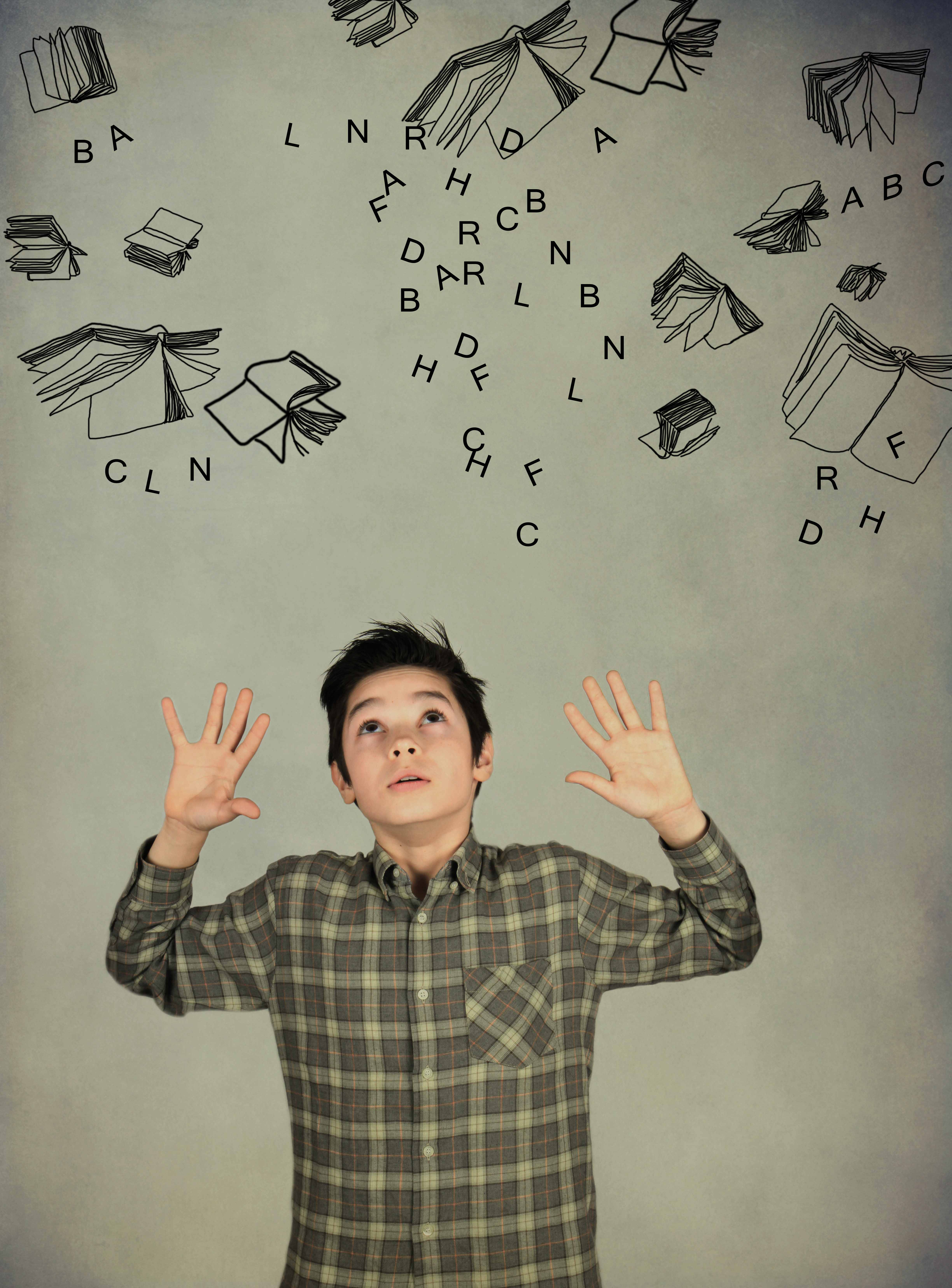
It is important for all teachers to have some knowledge of dyslexia; it can be a misunderstood term as there are a number of myths about the characteristics of dyslexia that can mislead teachers and parents. Although there are still debates on dyslexia, there are some key factors that are widely accepted and can have an impact on classroom learning and teaching.
Dyslexia is essentially a difference/difficulty in processing information and challenges involving short-term memory, long-term memory and speed of processing can have a significant impact on the learner with dyslexia. Although literacy is the key area of difficulty, other factors such as those above can have an impact, even after the student’s literacy skills improve.
A definition
‘Dyslexia is a processing difference, often characterised by difficulties in literacy acquisition affecting reading, writing and spelling. It can also have an impact on cognitive processes such as memory, speed of processing, time management, co-ordination and automaticity.
There may be visual and/or phonological challenges and there are usually some discrepancies in educational performances.
It is important to recognise the strengths, which can also form part of a dyslexic profile and they may need support to be able to utilise these strengths.
There will invariably be individual differences and individual variation and it is therefore important to consider individual learning preferences as well as the education and work context when planning and implementing intervention and accommodations’ (Reid, 2016).
Environmental factors are also important and a positive and relaxed learning environment can make a difference to the individual with dyslexia.
What being dyslexic means to learners
When I asked some learners with dyslexia what being dyslexic means to them they responded in the following way:
-
‘I have a problem transferring my knowledge into written work.’
-
‘For me it is frustration at not being able to complete tasks on time.’
-
‘Being different from everyone else.’
-
‘Wanting to read books, but not getting past the first page.’
-
‘Having a bad memory and being so disorganised.’
-
‘Feeling different from everyone else.’
-
‘Inconsistency in my work – some days I get it right and other days I get the same thing wrong.’
-
‘I find it difficult to listen to the teacher for more than a few minutes.’
Advice for teachers
The main points that we as teachers need to consider are:
-
It is a processing difference: this relates to how they tackle, understand and perform tasks. They may need more time, a structure and on-going monitoring.
-
Difficulties in literacy acquisition: this is one of the key areas in dyslexia and this can be in the form of decoding (reading), encoding (spelling) and in the production of written output (expressive writing).
-
Cognitive processes: cognition refers to how information is processed and how this affects retention, processing speed, the ability to transfer information, to be able to utilise prior learning and to eventually to be able to develop automaticity in those skills whether it be reading or writing.
-
Discrepancies in educational performances: this is often one of the most obvious indicators of dyslexia. There can be a difference between the reasoning abilities (oral verbal comprehension or visual/perceptual reasoning) and the processing performances i.e. working memory and processing speed. As a result they may show inconsistencies in performances and need more time to re-read and discuss new learning.
-
Individual differences: It is important to recognise that students with dyslexia are individuals and their individual learning preferences and differences need to be acknowledged.
Recognising strengths
It is also important to recognise their strengths – this is essential to boost the learner’s self-esteem and also to identify the most appropriate strategies that can be used by the teacher. Usually, this will be the visual or kinesthetic modalities. This means they need to see and experience the new learning. It is important to ensure that they are provided with a structure – this is extremely important for written work. Essentially we need to ‘enable’ the students with dyslexia and to help them access their skills and abilities so they can fulfill their potential.
You'll find 20 ideas and strategies in my downloadable resource for classroom teachers.
References:
Reid, G. (2016) Dyslexia: A Practitioners' Handbook 5th edition. Wiley.
Further information/useful websites:
Dysguise http://www.dysguise.com
Helen Arkell Dyslexia Centre https://www.helenarkell.org.uk/
Computer and software information www.iansyst.co.uk
British Dyslexia Association (BDA) www.bdadyslexia.org.uk
